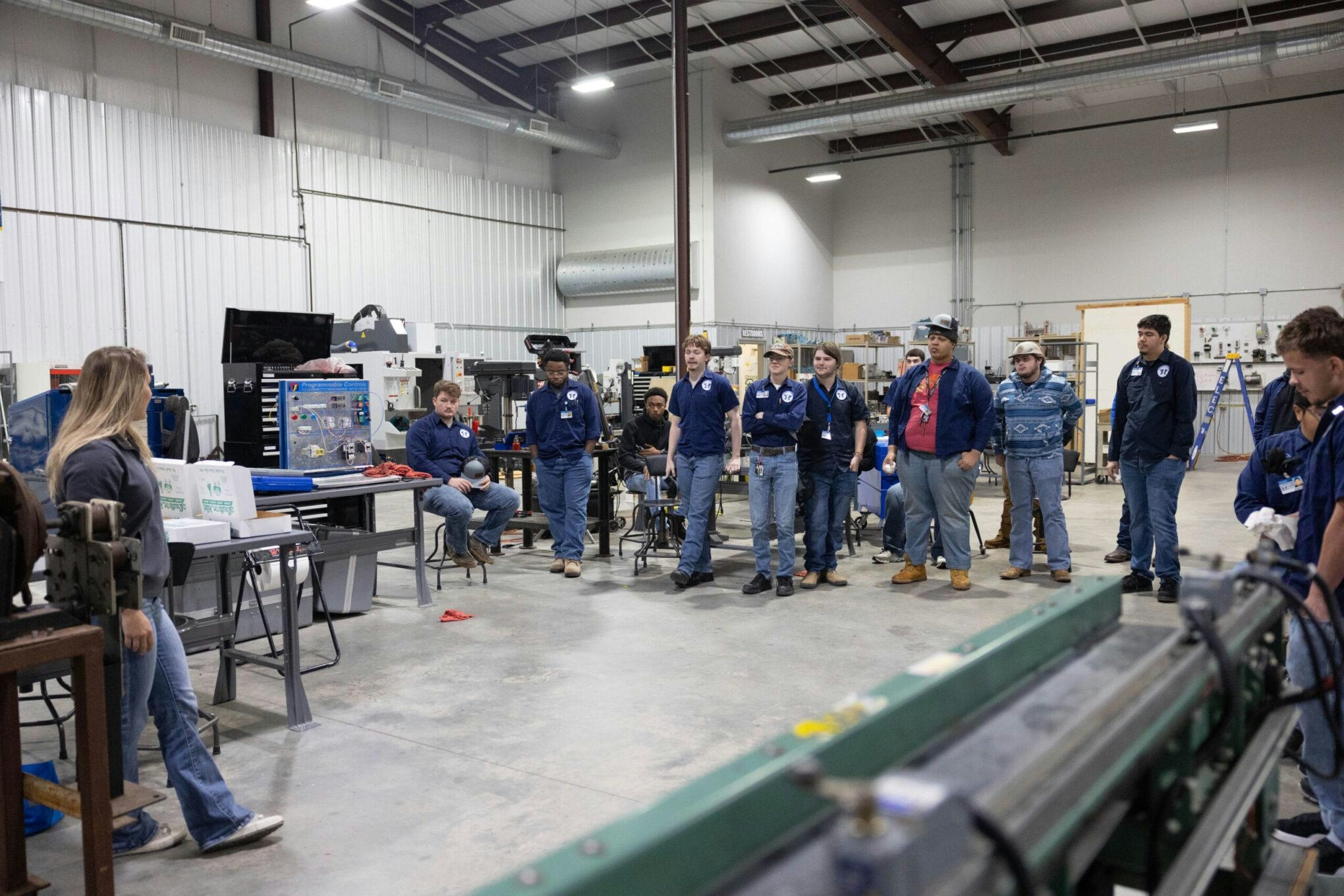
AeroGenie — ваш интеллектуальный второй пилот.
В тренде
Categories
PTDI Expands Aircraft Maintenance Business to Include Private Jets and Commercial Aircraft
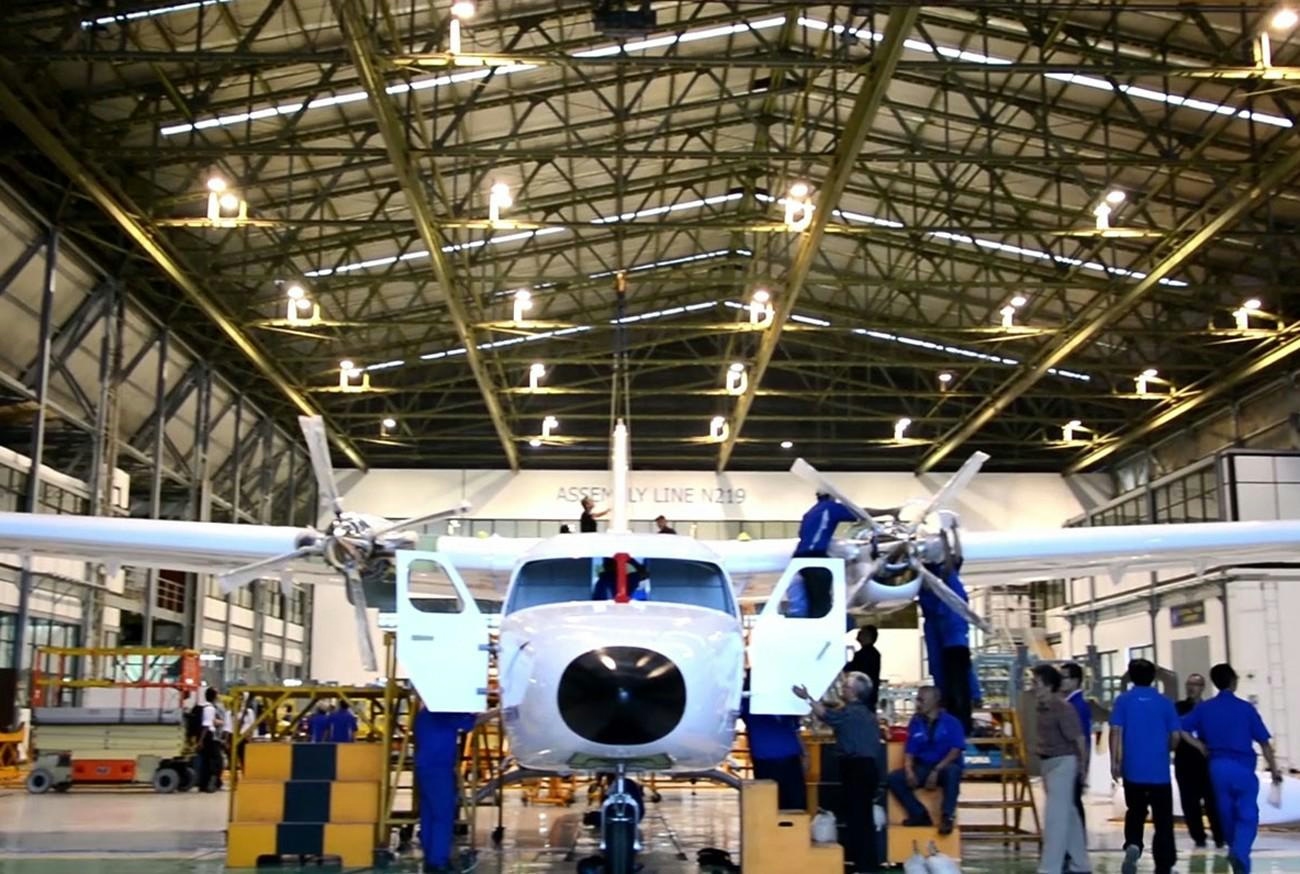
PTDI Expands Aircraft Maintenance Business to Include Private Jets and Commercial Aircraft
Strategic Expansion into Commercial and Private Aviation Maintenance
State-owned Indonesian aircraft manufacturer PT Dirgantara Indonesia (PTDI) is broadening its Aircraft Services (ACS) division to encompass maintenance for private jets and commercial aircraft, marking a significant departure from its traditional focus on military aviation. This strategic move aims to capture a larger share of Indonesia’s expanding aviation maintenance market, which is being propelled by rising air travel demand and rapid technological advancements.
Daud Zaini, Head of Maintenance at PTDI’s Assembly and Modification Center, highlighted Indonesia’s unique geographic challenges as a key driver of this expansion. “Indonesia’s status as an archipelagic nation creates a very high demand for air transportation,” he said on August 4, 2025. Despite this demand, much of the maintenance work for commercial and private aircraft is currently outsourced to neighboring countries such as Singapore, Malaysia, Thailand, and Australia, where established Maintenance, Repair, and Overhaul (MRO) providers dominate the sector.
Daud acknowledged that this reliance on foreign MROs presents both a challenge and an opportunity for PTDI. The company’s objective is to advance the national aerospace industry by offering comprehensive maintenance services for commercial aircraft and private jets operating within Indonesia.
Comprehensive Services and Industry Collaboration
PTDI’s expanded ACS portfolio now includes a full range of services such as aircraft MRO, component repairs, structural modifications, life extension programs, and specialized offerings like aircraft painting and Non-Destructive Test (NDT) inspections. These services are provided at PTDI’s Bandung hangar, which holds certification from the Indonesian Ministry of Transportation and complies with ISO 9001 and AS/EN 9110 Quality Management Systems.
A notable aspect of this expansion is the introduction of new livery paint services tailored for general aviation, specifically targeting private jets including the Boeing Business Jet (BBJ), Gulfstream G450/G550, and Embraer Legacy 600/650. These services are customizable to meet client specifications, reflecting the growing demand for personalization in the private aviation sector. PTDI has already completed painting and cabin refurbishment projects for commercial aircraft, such as an Airbus A319 operated by Aero Airlines in Timor Leste.
Currently, PTDI is undertaking a major maintenance (C-Check) for a Citilink Indonesia Airbus A320 in partnership with GMF AeroAsia. This collaboration is expected to bolster the national MRO industry by enhancing technical expertise, expanding workforce capacity, and fostering specialized training and advanced tooling.
Navigating a Competitive and Evolving Market
PTDI’s expansion occurs within a competitive and rapidly evolving market landscape. The aviation maintenance sector is experiencing growth driven by increased engine deliveries and the integration of advanced technologies, including AI-enabled inspections and electronic logbooks. Competitors are likely to respond by upgrading their capabilities or forming new strategic alliances. Additionally, regulatory developments and innovations in areas such as deicing solutions may further influence market dynamics and customer expectations.
Daud emphasized the broader implications of the partnership with Citilink, stating, “This collaboration not only creates sustainable employment opportunities for Citilink’s fleet and other potential clients but also supports PTDI’s broader strategy to transform its Bandung facility into an integrated MRO center for both military and commercial aircraft.”
To date, PTDI’s ACS has served over 50 customers across three continents, positioning the company to compete more effectively in the global MRO industry as it seeks further certifications and market opportunities.
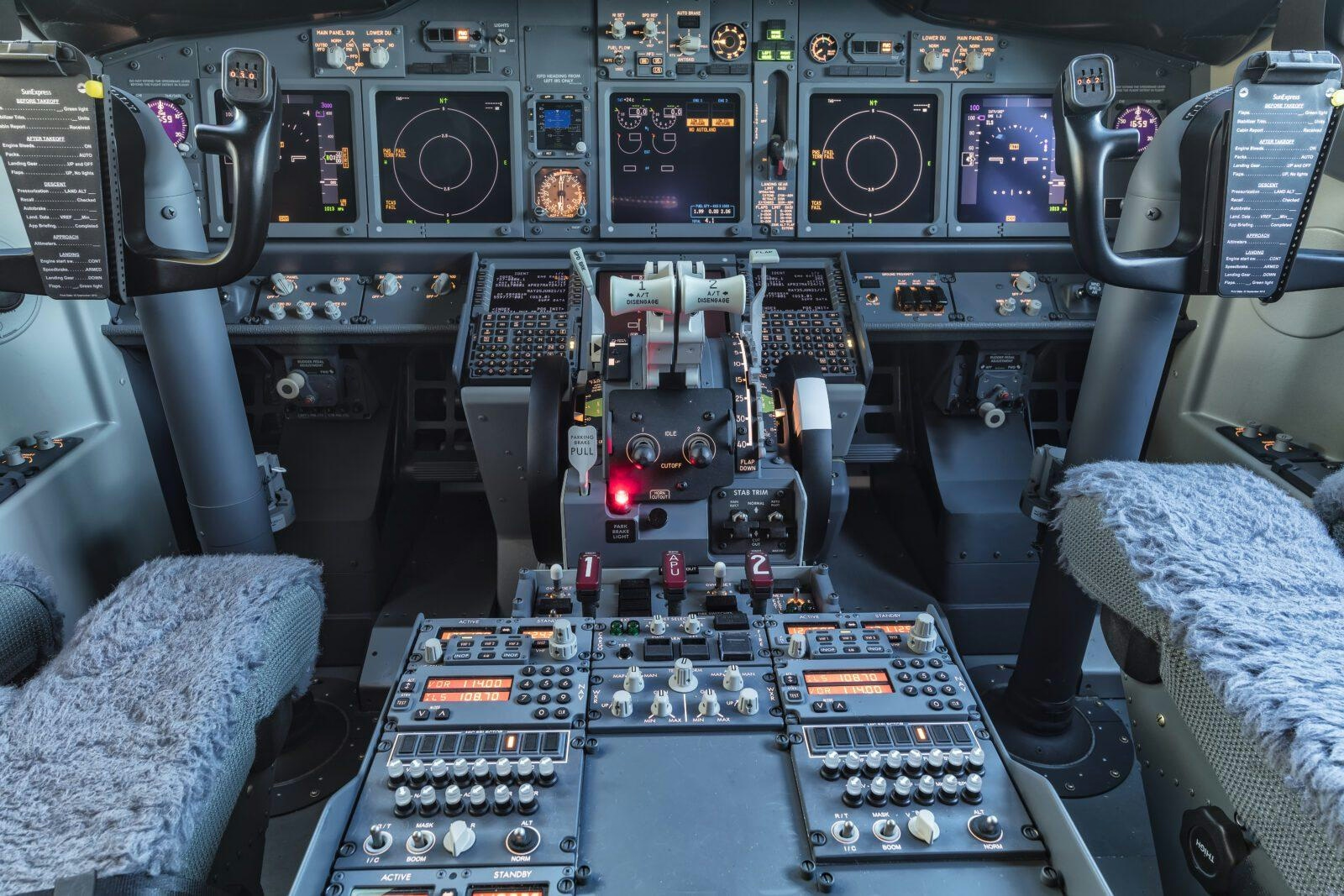
Investigators Examine Theory That Cockpit Sun Visor Caused Boeing 737 Engine Shutdown After Takeoff

Comparing the Fuselage Lengths of the Airbus A350-1000 and Boeing 787-10
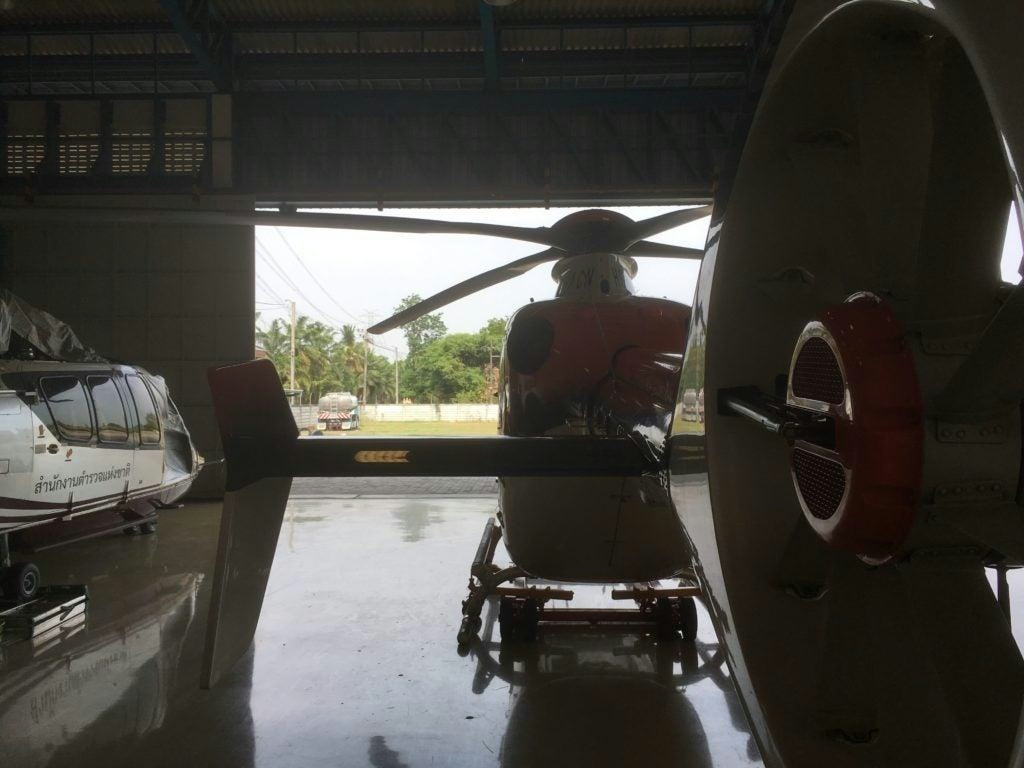
Thailand Establishes U-Tapao Aircraft MRO Center Contract for January 2026
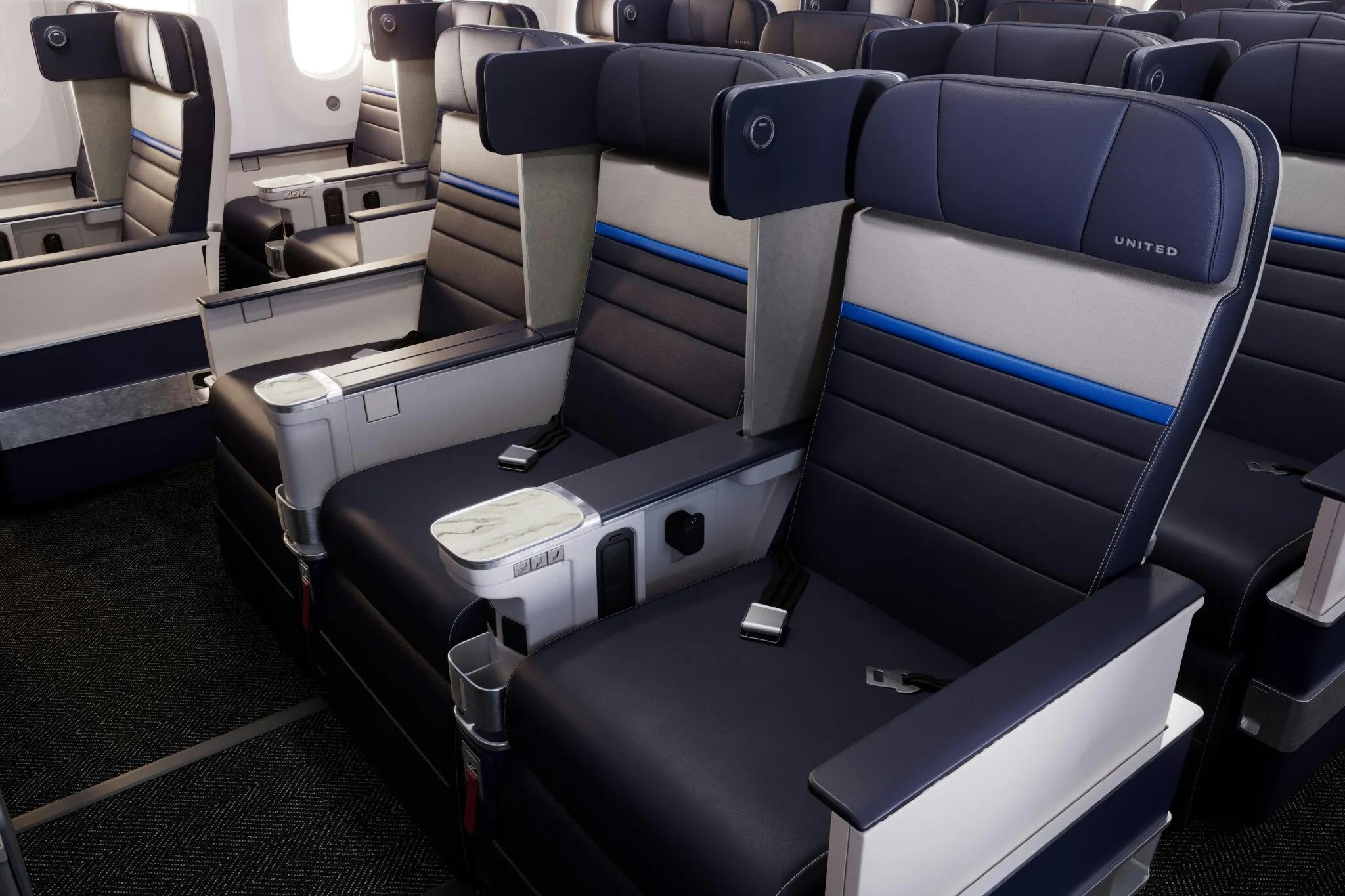
United Airlines Announces Routes for New Premium Boeing 787s
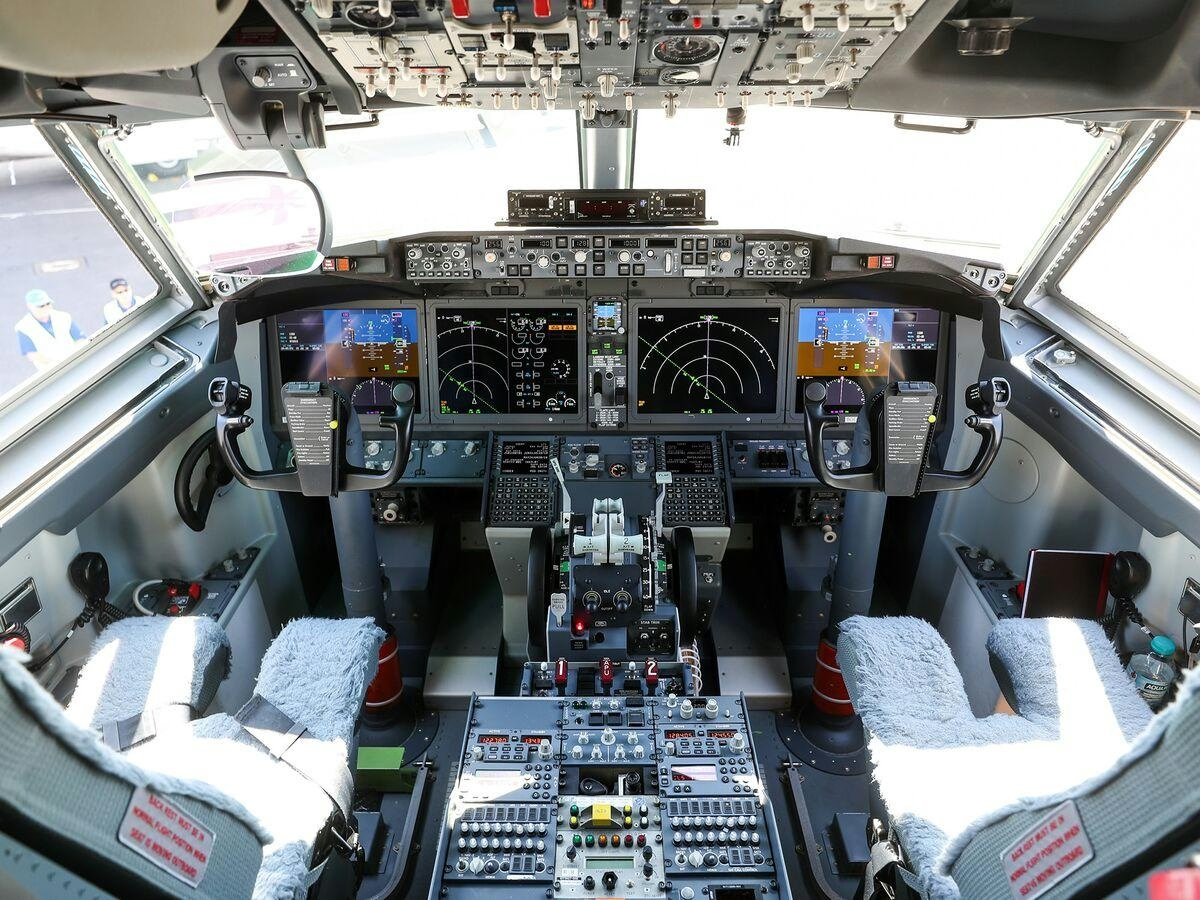
Boeing Introduces Remote Co-Pilot Technology
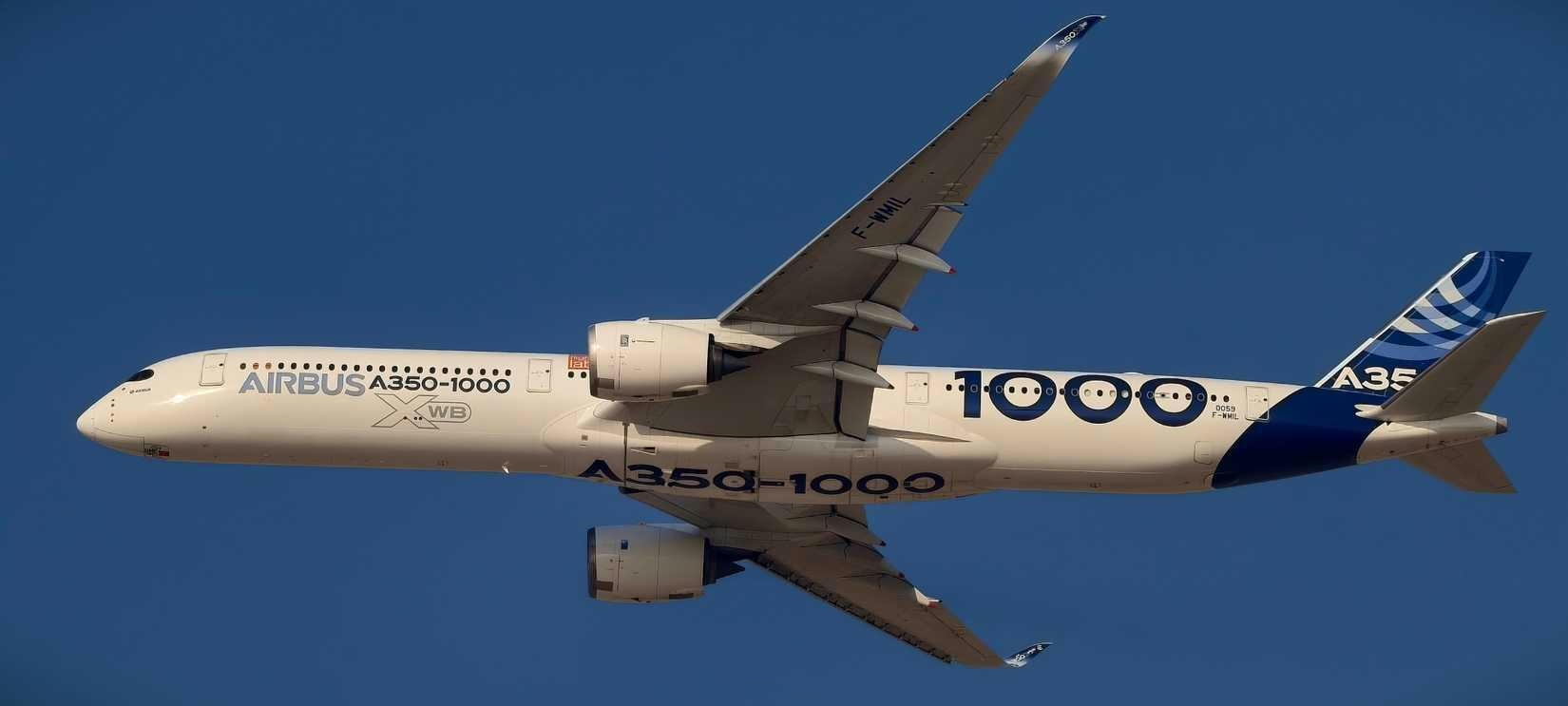
The Airbus A350-1000’s Fuel Efficiency Advantage Explained
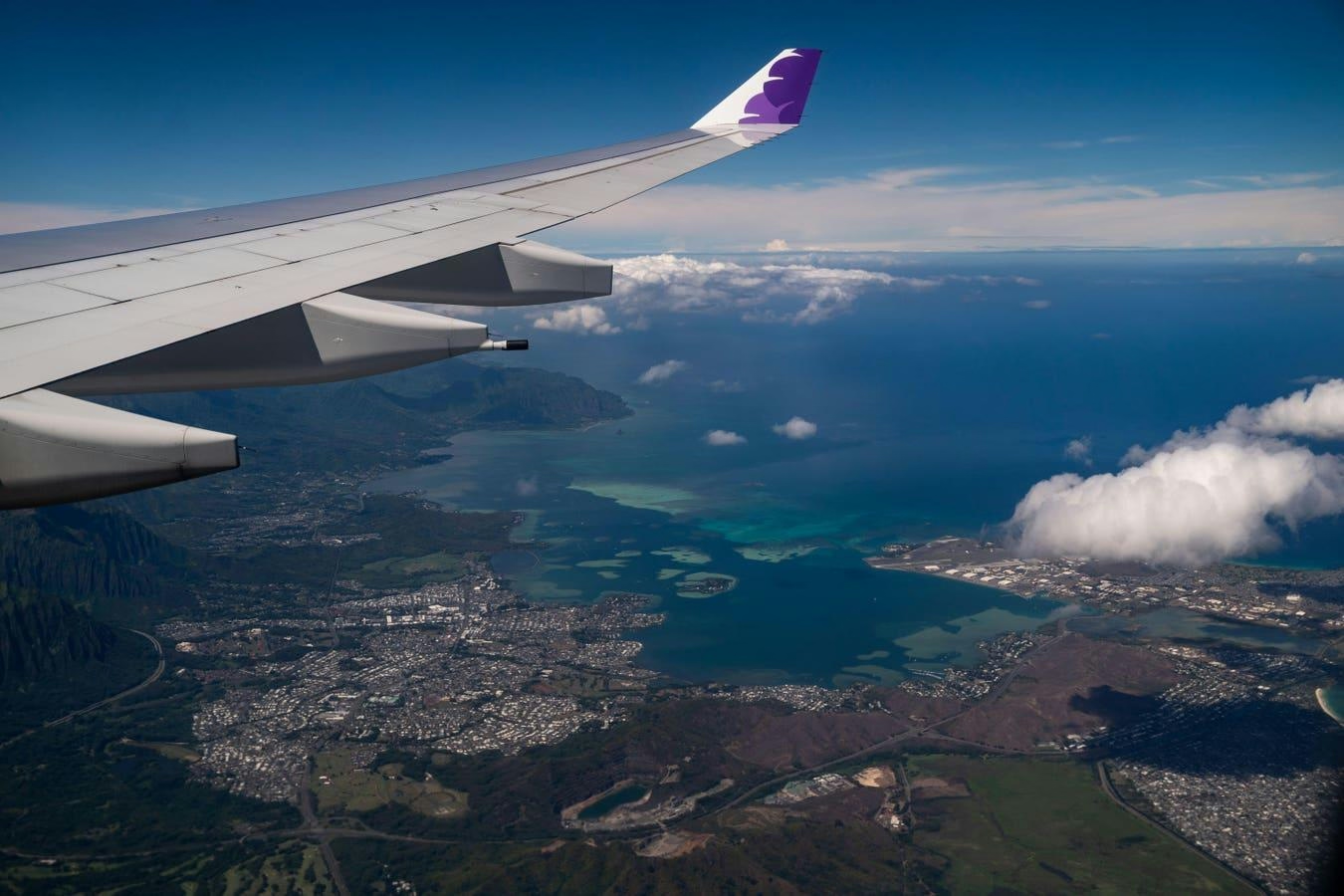
McNally Capital Expands Aviation Operations to Support Global Tourism

Two Young Climbers Begin Winter Ascent of McKinley
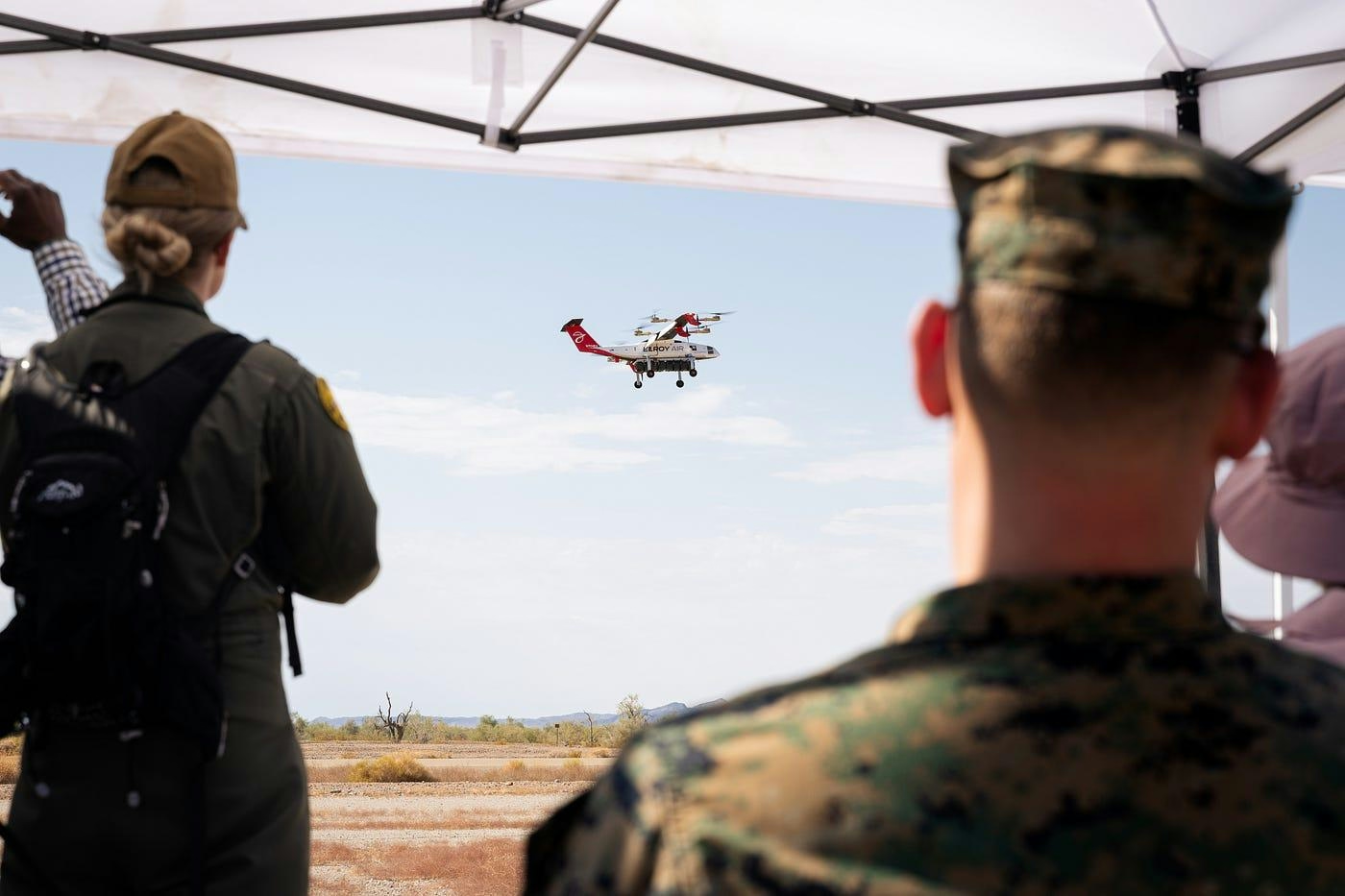
Elroy Air’s Autonomous Chaparral Delivers Lunch on A-to-B Flight
